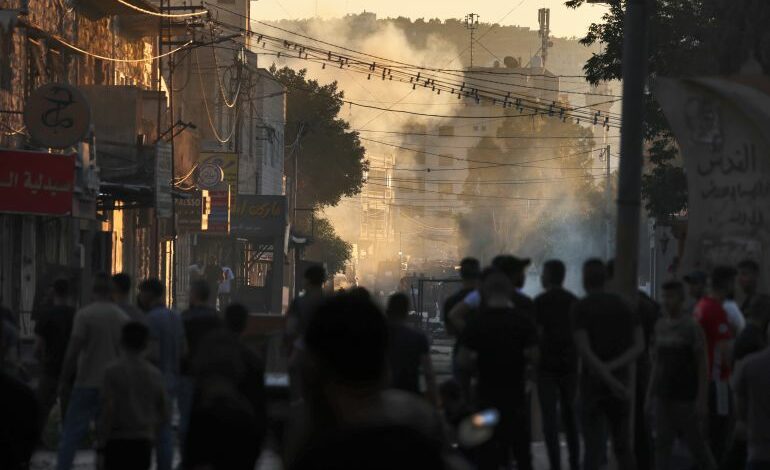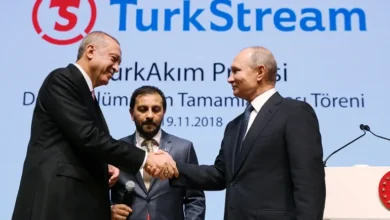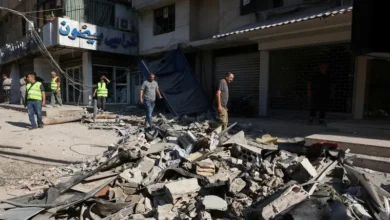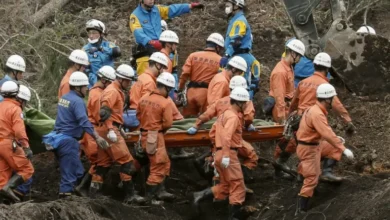Why did Israel use helicopter gunships on Jenin refugee camp?

Israel says it has ended what has been its biggest siege on the Jenin refugee camp in two decades, after two days of attacks not witnessed in the occupied West Bank since the second Intifada in the early 2000s.
From Monday until Israel’s announcement on Wednesday morning, Israeli forces launched a ground and aerial offensive on the camp, which is home to some 14,000 Palestinian refugees and has in recent years become a stronghold for cross-factional Palestinian fighters.At least 11 people were killed, including three teenagers, and more than 50 others were injured. The Palestinian health ministry has said that some of the wounded are in a critical condition, and that Israeli forces had prevented ambulance crews from reaching some of the injured.
The Israeli army said that about 100 Palestinians were interrogated, and praised the operation – codenamed House and Garden – as an “extensive counterterrorism effort”.
It also said that it had carried out 15 air raids using helicopter gunships and reconnaissance drones, in conjunction with a ground invasion that involved 150 armoured military vehicles (including tanks and bulldozers) and 1,000 elite special forces.
Snipers were also placed on the rooftops of Palestinian homes on the periphery of the camp, which lies in the middle of the northern city of Jenin.The last major assault on the refugee camp was in April 2002, when 52 Palestinians were killed over 10 days. But over the past six months of this year alone, the Israeli army has carried out five major raids on the camp, and in June, Palestinian fighters used locally made improvised explosive devices for the first time.
In late June, another three Palestinians were killed after Israeli forces fired a missile at the camp using a helicopter gunship – the first time such a tactic was used since 2006, prompting United Nations human rights chief Volker Turk to condemn Israel’s use of “advanced military weaponry“.
“Previously, reconnaissance and satellite drones were used to gather intelligence and Israeli raids on the ground would be conducted based on that,” Kamanji said.
“But now, they’ve added shelling in order to change the nature of confrontations with the resistance fighters in Jenin and to clinch the battle in a faster way.
“It’s not just about property damage or killing fighters,” he continued. “There’s also the aspect of psychological war on the camp’s residents, especially on the children.”
Farid Bawaqna, a resident of the camp, told Al Jazeera that the early morning air raids had targeted a site where armed fighters were gathered near his home.Air attacks on dense urban area
Colin Wallace, a psychological warfare specialist, told Al Jazeera that in any conflict that is not a full-scale war, targeting a densely populated urban area is “a huge problem” and should be where the line must be drawn.“Whether you are dealing with any kind of insurgency, the key thing is that you have to be able to deal with those people who are armed and are an immediate threat, and you have to be very careful not to directly or indirectly target the civilian population,” he said.
“Weapons that are designed for a full-scale war where you are targeting an area from a blanket point of view – in other words, everybody within the area could be classified as an armed competent – that is one thing,” he said.
“But if you are out dealing with a specific number of armed people and an even greater number of people who are not armed – civilians not involved in the violence – then the issue is that the security forces or military should be adjusting tactics accordingly.”
Using aircraft with aerial weapons on a densely populated area is difficult to justify, Wallace went on to say, because of the threat to innocent bystanders and civilians.
“For most armies, the key thing is to target people who are actually involved in the violence and to avoid at all costs casualties to people who are totally uninvolved,” he said. “It’s the basic rules of warfare.”Pressures on the domestic front
On Monday, Israeli army spokesman Richard Hecht told reporters: “People were aware that we were probably going in, but the method of striking from the air” with a target in the core of the camp “basically caught them by surprise.”
Hamdullah Afaneh, a specialist on Israeli affairs, said there is also a domestic element to the Israeli operation, which he described as “exporting an internal crisis”.
“The timing of this operation is to draw the attention away from the internal crisis that has beset this Israeli government, which is made up of far-right parties headed by extremist figures such as [Security Minister] Itamar Ben-Gvir and [Finance Minister] Bezalel Smotrich,” he said.
Afaneh was referring to the mass protests by Israelis demonstrating against the overhaul of the judiciary, which would give Israeli Prime Minister Benjamin Netanyahu and his far-right allies the right to appoint judges and overturn the Supreme Court’s decisions.
There is also the feeling of failing to control security, Afaneh said, as over the past year or so, the Palestinian resistance in Jenin had exposed the weakness and decline in the Israeli army’s deterrence in stopping the fighters.
Afaneh, however, said that it is in Netanyahu’s interest to avoid an escalation that might spread across the rest of the occupied West Bank.
“Already we have heard that members of the Lions’ Den armed group in Nablus have made their way to Jenin, and the armed wings of various factions, whether in Gaza Strip or the West Bank, have threatened to retaliate if the operation in Jenin extends,” he said.
As Kamanji sees it, many of the camp’s residents fear that things will only get much worse.
“There is no safe space for us,” he said. “We saw medics and journalists being targeted by Israeli forces today, and with the city not just the camp being under attack, what do you think will happen to us?”










